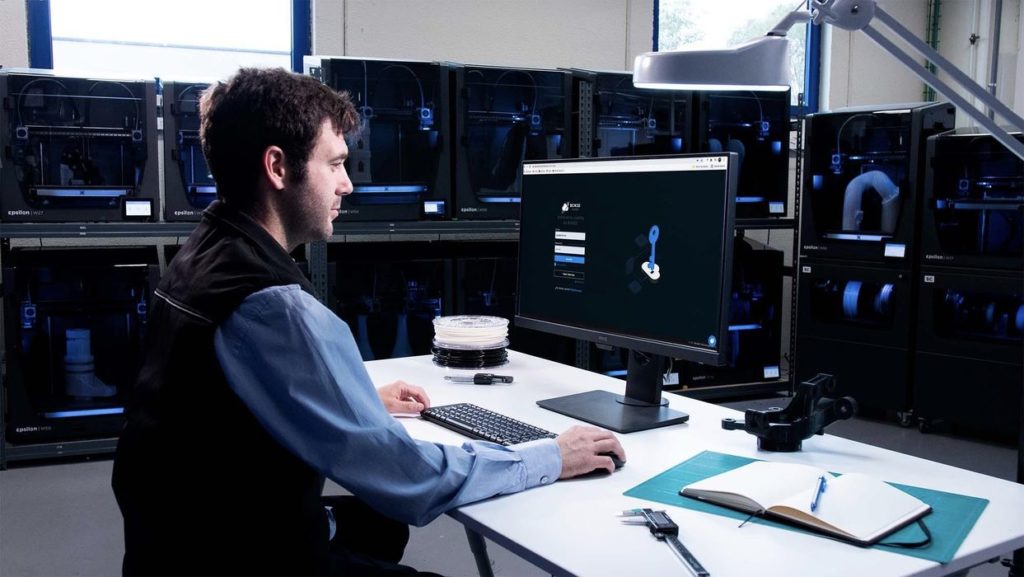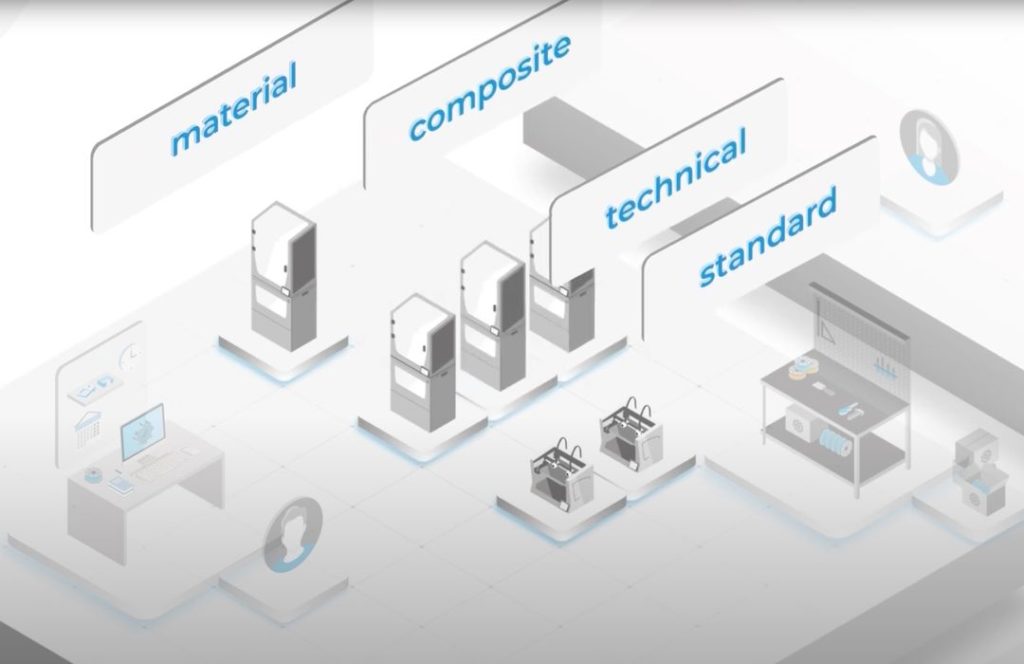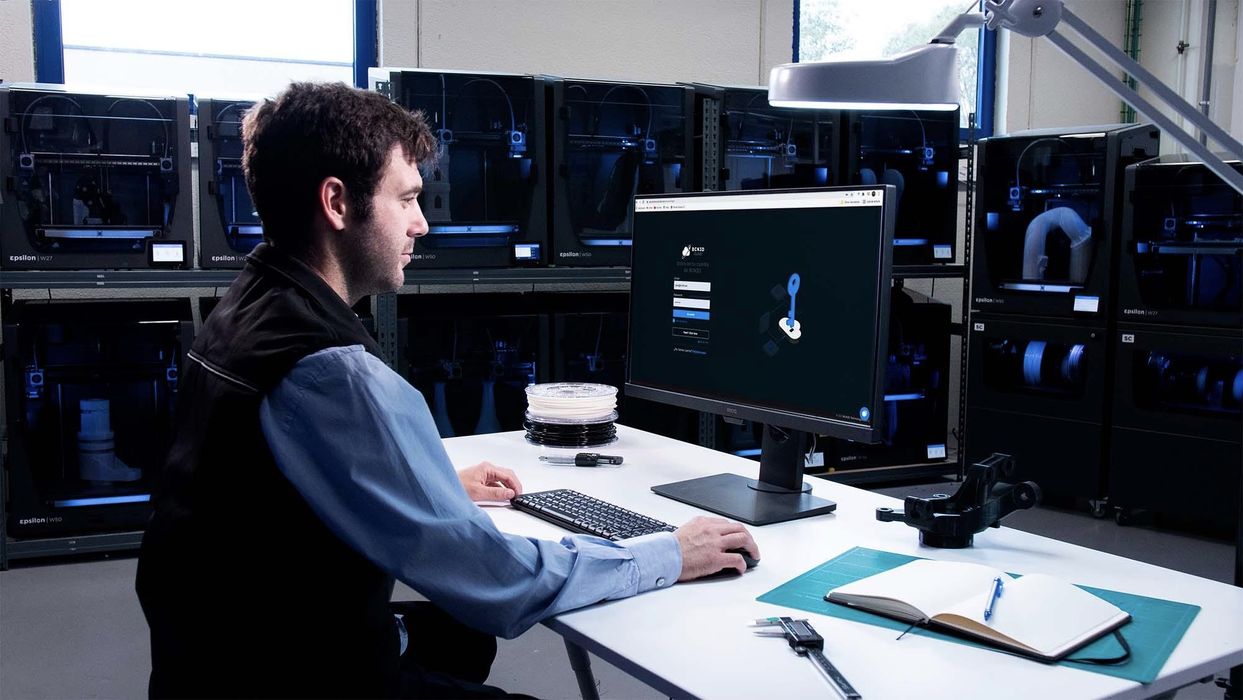
BCN3D announced a very comprehensive cloud system to manage fleets of 3D printers.
That didn’t take long: the company only one month ago announced the acquisition of AstroPrint, a well-regarded independent provider of 3D print cloud services. Somehow, in only a few weeks, BCN3D has adapted AstroPrint’s core technology into a dedicated cloud service for BCN3D operators with advanced functions.
The amount of functionality in the new BCN3D Cloud is significant. Not only can jobs be queued, started, monitored and stopped, but there are notable features to allow 3D printer fleet organization, and develop hierarchical permission schemes for complex organizational environments.

Those operating larger quantities of BCN3D equipment will now be able to easily organize the hardware into more optimized workflows and potentially see more throughput. The cloud provides the tools necessary to make a production site more efficient.
This video shows some of the functionality:
It’s been quite a journey for BCN3D, starting with entry-level equipment to now producing complex devices and management tools sufficient for manufacturing. However, the BCN3D Cloud announcement takes that to a much higher level.
BCN3D Chief Software Officer Daniel Arroyo said:
“For BCN3D’s current clients, the integration of AM processes in their business is becoming more critical as the applications are more demanding, an indicator of the tendency is that BCN3D machines are currently printing more than 12h a day on average. With such increasing printed part volumes, more people, and more machines interacting, the workflow needs to be robust and seamless. To support those customer needs, the vision of BCN3D is to provide software layers that add effective value on top of hardware, closing the circle of an enterprise-level solution.“
The new BCN3D Cloud replaces the company’s previous cloud, in a way that BCN3D describes as a “reinvigoration”.
The BCN3D Cloud is distributed in three forms.
BCN3D Cloud Standard is provided with all equipment, and provides essential functions including digital library, queues management, organizing and prioritizing print jobs, and cluster management. The new cloud will be available next week.
The BCN3D Cloud Teams service is intended for larger, more complex organizations operating significant fleets of equipment. It provides the Standard functionality as well as workflow capability, team and permission management and more. It’s available at an extra cost, but surprisingly is only €495 (US$571) per year. This is to be available at the end of the month.
The BCN3D Cloud Private service is an onsite installation of the cloud, entirely separate from the wider Internet. This would be of interest to companies requiring significant levels of security to protect intellectual property or equipment.
There’s a number of benefits from this announcement.
Existing BCN3D clients suddenly gain a significant amount of functionality, which can be immediately leveraged for additional productivity.
More importantly, BCN3D gains a significant advantage in sales. Larger organizations seeking farm-sized quantities of 3D printers for production might now look more favorably on a BCN3D solution given the additional functionality provided by the new BCN3D Cloud. Even better, those organizations will tend to buy large numbers of 3D printers in a single sale, rather than individual sales to smaller clients.
BCN3D just made their sales considerably more efficient.
Via BCN3D

